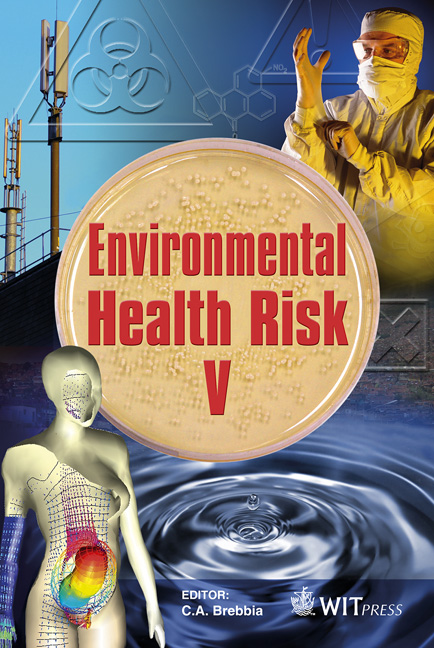Exposure Assessment: The Influence Of Environmental Monitoring Methodology
Price
Free (open access)
Transaction
Volume
14
Pages
7
Page Range
353 - 359
Published
2009
Size
289 kb
Paper DOI
10.2495/EHR090341
Copyright
WIT Press
Author(s)
S. Viegas, J. Prista & M. Gomes
Abstract
Exposure assessment is an important step of risk assessment process and has evolved more quickly than perhaps any aspect of the four-step risk paradigm (hazard identification, exposure assessment, dose-response analysis, and risk characterization). Nevertheless, some epidemiological studies have associated adverse health effects to a chemical exposure with an inadequate or absent exposure quantification. In addition to the metric used, the truly representation of exposure by measurements depends on: the strategy of sampling, random collection of measurements, and similarity between the measured and unmeasured exposure groups. Two environmental monitoring methodologies for formaldehyde occupational exposure were used to assess the influence of metric selection in exposure assessment and, consequently, in risk assessment process. In one of the methodologies, environmental samples were obtained by personal air sampling, and formaldehyde levels were measured by GC analysis and time-weighted average (TWA8) estimated according to the NIOSH 2541 method. The second methodology aimed to measure ceiling values of formaldehyde using Photo Ionisation Detection equipment with simultaneously video recording. The NIOSH method data showed that exposure can be considered low, while results
Keywords
exposure assessment, environmental monitoring methodology, risk assessment, formaldehyde exposure





